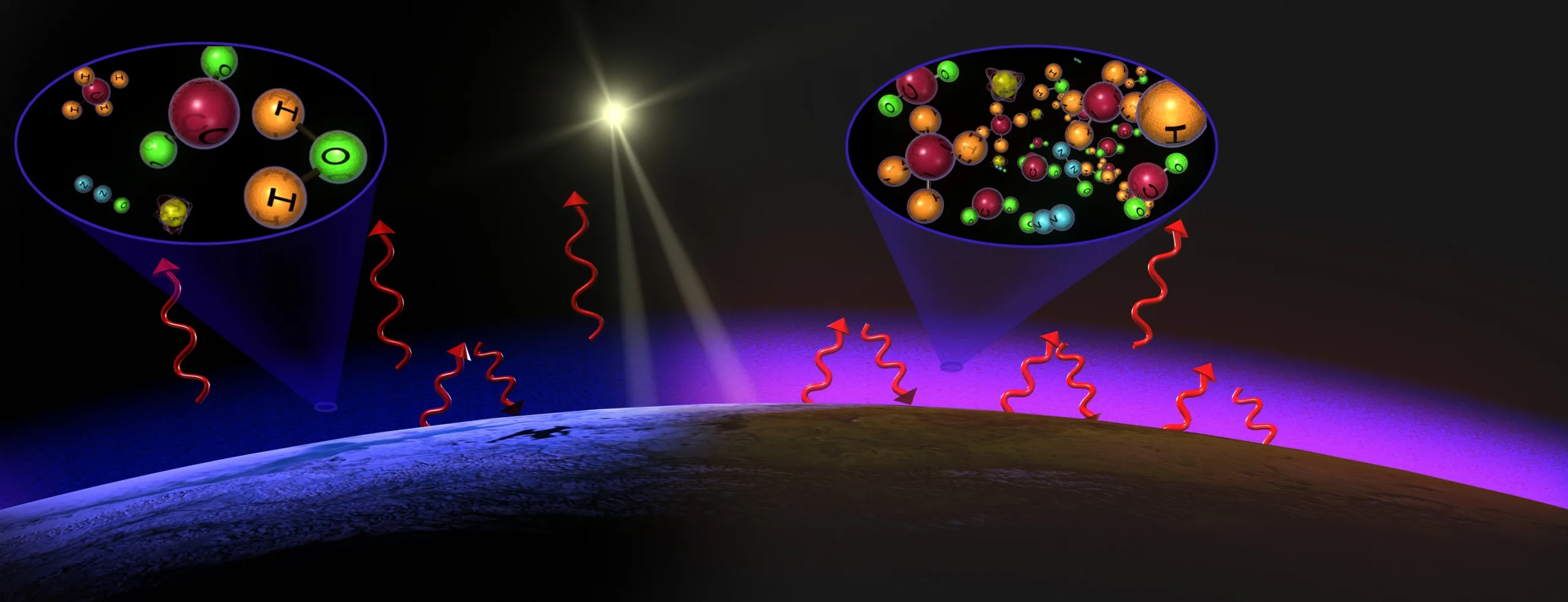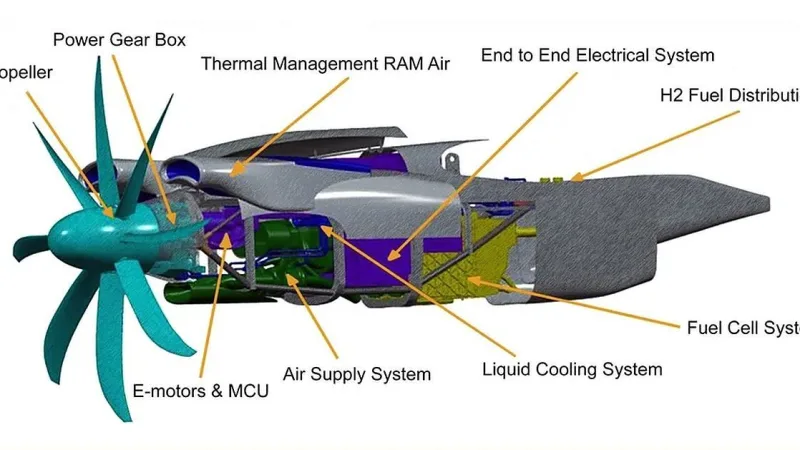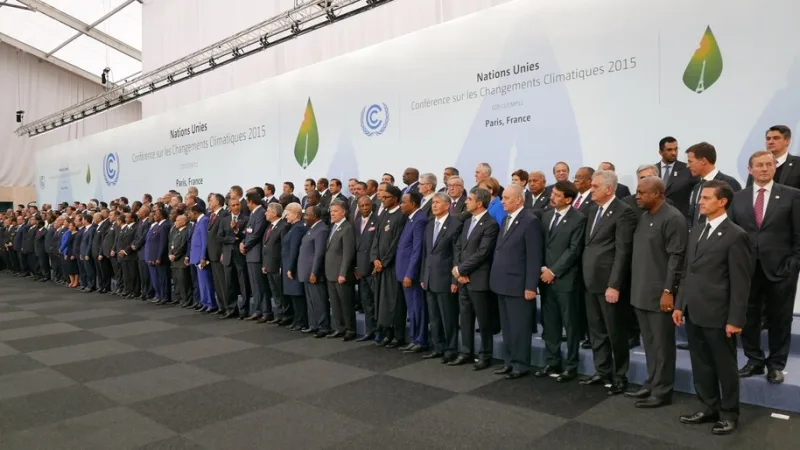Understanding Greenhouse Gases and Their Global Impact

Greenhouse gases (GHGs) might make up less than 1% of the atmosphere, but their impact on Earth’s climate is monumental. These gases have the unique ability to absorb heat energy radiating from the planet’s surface and re-radiate it, effectively trapping warmth in a process akin to how a greenhouse retains heat. This delicate balance is what has allowed life on Earth to flourish—but human activity is tipping the scales, with alarming consequences.
What Are Greenhouse Gases, and Why Do They Matter?
GHGs play a crucial role in Earth’s climate system. Without them, our planet would be a frigid, lifeless rock. However, the rapid rise in human-driven emissions is amplifying this natural process, causing global temperatures to soar at an unprecedented rate. Since 1850, the Earth’s surface temperature has increased by an average of 2°F (1.1°C), and scientists warn that if emissions continue unchecked, temperatures could rise by as much as 7.9°F (4.4°C) by the end of the century. Such a scenario would spell disaster for ecosystems, economies, and human civilization as we know it.
Types of Greenhouse Gases
Greenhouse gases come in various forms, each with different properties and global warming potentials. Let’s break them down:
Carbon Dioxide
CO2 is the most prevalent GHG, naturally produced through respiration, volcanic eruptions, and the decay of organic matter. However, human activities—such as burning fossil fuels, deforestation, and industrial processes—have dramatically increased atmospheric CO2 levels. Often referred to as “the lungs of the Earth,” forests play a critical role in capturing CO2 through photosynthesis. Their destruction not only releases stored carbon but also diminishes the planet’s ability to absorb new emissions.
Methane
Methane (CH4), the primary component of natural gas, is a potent GHG with a warming potential more than 25 times greater than CO2 over a 100-year period. It’s released during the extraction and transportation of fossil fuels, as well as from agricultural activities like livestock farming and rice paddies. Even landfills contribute to methane emissions as organic waste decomposes.
Nitrous Oxide
This gas, primarily released through agricultural practices involving nitrogen-based fertilizers, has 300 times the warming potential of CO2. It also emerges from fossil fuel combustion, industrial processes, and wastewater treatment. N2O’s ability to trap heat makes it a critical contributor to global warming.
Fluorinated Gases (F-gases)
These synthetic gases, including hydrofluorocarbons (HFCs), perfluorocarbons (PFCs), sulfur hexafluoride (SF6), and nitrogen trifluoride (NF3), are primarily used in industrial applications like refrigeration, air conditioning, and semiconductor manufacturing. Although present in small quantities, F-gases have global warming potentials thousands of times greater than CO2.
Impacts of Greenhouse Gas Emissions
As green house gases’ concentrations rise, so do global temperatures. The decade from 2011 to 2020 was the warmest on record, with each subsequent decade hotter than the last since the 1980s. Here’s what this means for our planet:
- Extreme Weather Events: Heatwaves, droughts, and wildfires are becoming more frequent and severe. Hotter conditions make it easier for wildfires to ignite and spread, devastating ecosystems and human communities.
- Rising Sea Levels: Melting glaciers and thermal expansion are causing sea levels to rise, threatening coastal cities and island nations with flooding.
- Biodiversity Loss: Warmer temperatures are disrupting habitats, leading to species extinction at an alarming rate.
- Human Health Risks: Increased heat-related illnesses and the spread of diseases like malaria and dengue are directly linked to a warming world.
Related: What Fuels California’s Winter Wildfires?
The Latest Emissions Data
In 2023, six entities—China, the United States, India, the EU27, Russia, and Brazil—were responsible for 62.7% of global GHG emissions. Among these, China and India recorded the most significant increases, with India’s emissions surging by 6.1%. Together, these regions account for nearly two-thirds of global fossil fuel consumption.
Global GHG emissions rose by 1.9% in 2023, reaching a staggering 53.0 gigatons of CO2 equivalent (Gt CO2eq). Fossil CO2 emissions accounted for 73.7% of this total, while methane contributed 18.9%, nitrous oxide 4.7%, and F-gases 2.7%. Since 1990, fossil CO2 emissions have skyrocketed by 72.1%, while F-gas emissions have increased nearly fourfold.
Encouragingly, the EU27 has bucked the trend, reducing its emissions by 33.9% since 1990. In 2023 alone, the bloc’s emissions decreased by 7.5%, reflecting efforts to transition to renewable energy and implement stricter environmental regulations.
The challenges ahead are immense though. So is our capacity for innovation and resilience. By understanding the science of greenhouse gases, we can work toward a sustainable future for generations to come.
Source(s):
GHG emissions of all world countries
List of countries by greenhouse gas emissions
Climate change: the greenhouse gases causing global warming






